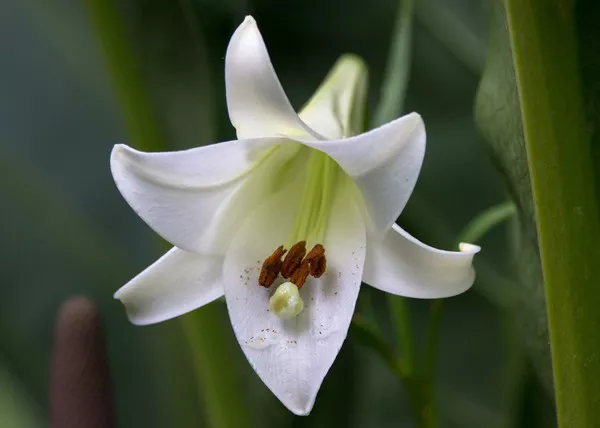Contrary to popular belief, Antarctica is not a barren, icy landscape devoid of plant life. While the continent may lack the lush greenery associated with other regions, it hosts a surprising variety of plant species. Over 300 types of lichens, 100 moss species, 25 liverwort varieties, and more than 20 fungi species have been identified on the continent.
Remarkably, certain plants in Antarctica exhibit exceptional longevity, with some lichens boasting a lifespan of up to 600 years. These resilient species endure in harsh environments, including rock crevices on the main continent. As glaciers recede, exposing more rock surfaces, specific lichen species are expanding their presence.
Climate change is influencing moss populations in continental Antarctica. Silvery thread moss (Bryum argenteum), marsh bryum (Bryum pseudotriquetrum), and fire moss (Ceratodon purpureus) are witnessing increased spread. However, in East Antarctica, drier conditions are impacting moss colonies, diminishing their photosynthetic capacity and inducing irreversible color changes.
Tussock grass (Paradiochloa flabellata) thrives in Antarctica, forming patches that can reach up to 6 feet in height. This hardy grass species is experiencing a significant expansion amid the changing climate.
While fringe islands, such as South Georgia, offer a relatively warmer climate, they too are not immune to the effects of climate change. South Georgia hosts more than twelve flowering plant species, but these, too, are undergoing unprecedented transformations due to shifting climate patterns. Antarctica, it seems, is not as devoid of life as one might imagine.


